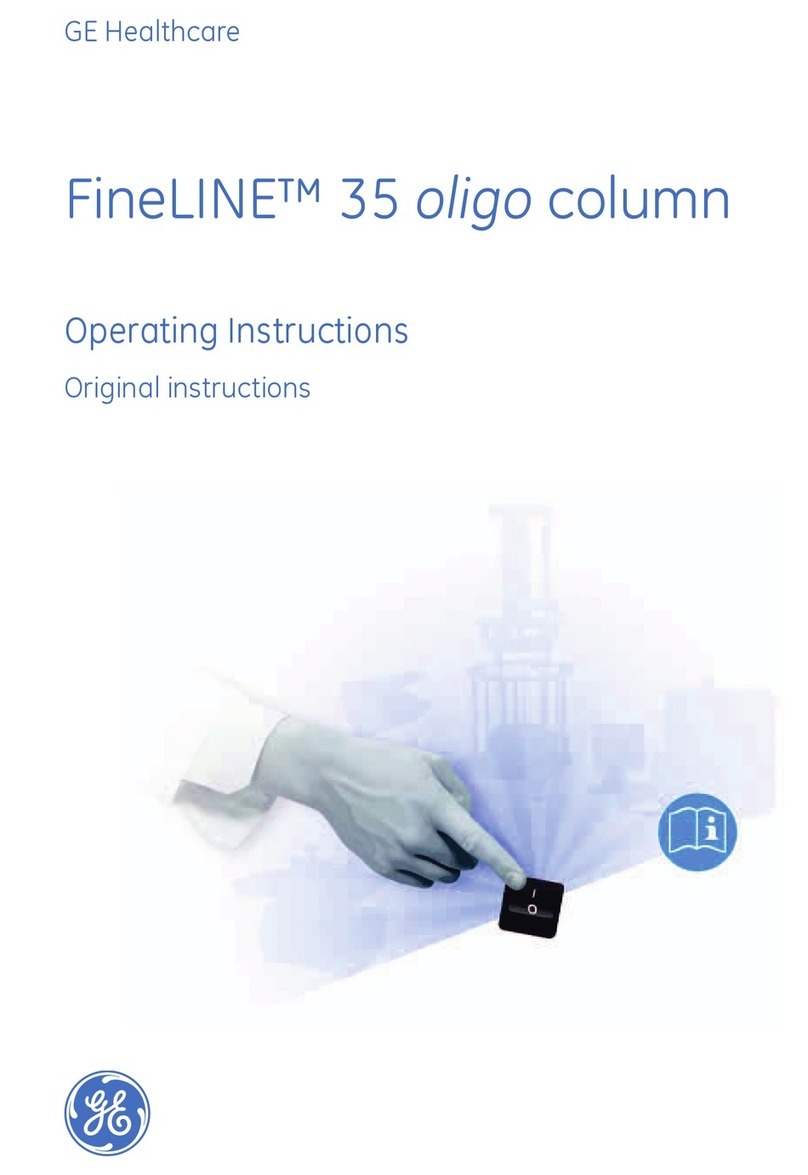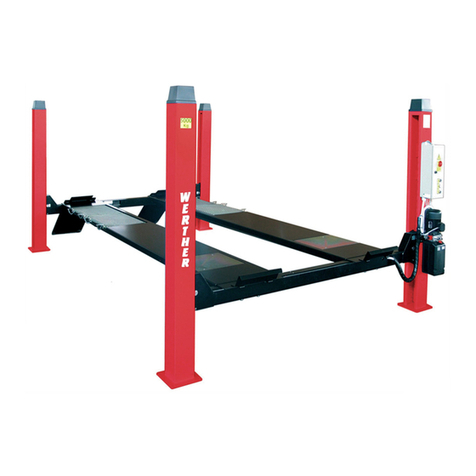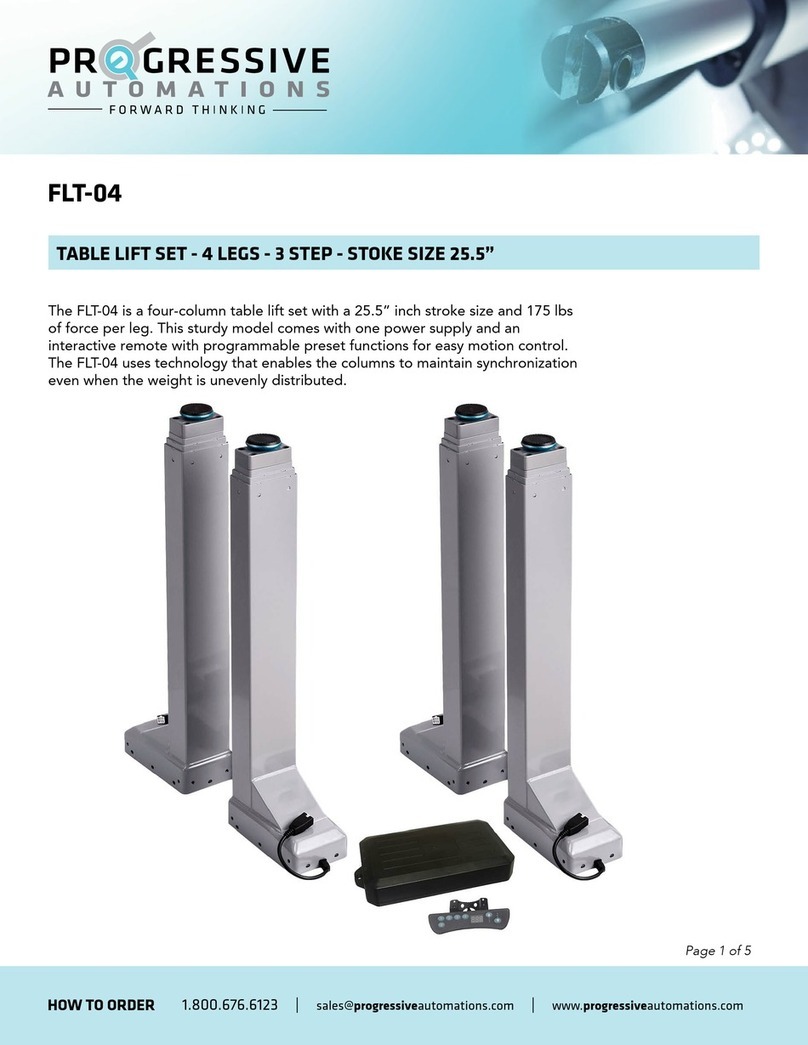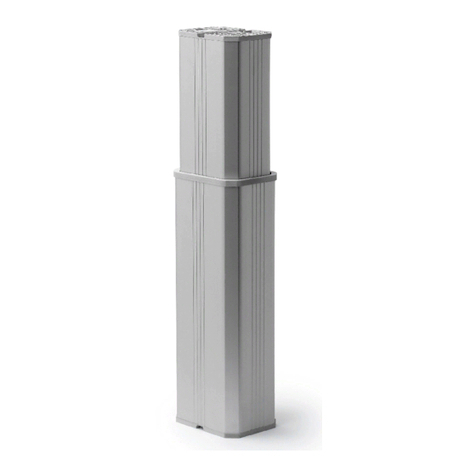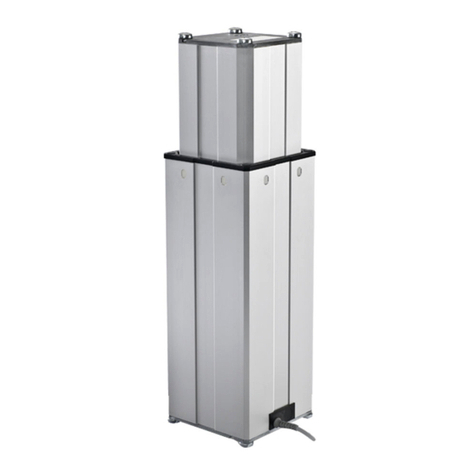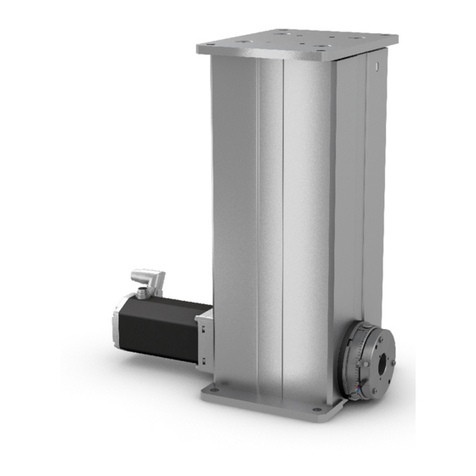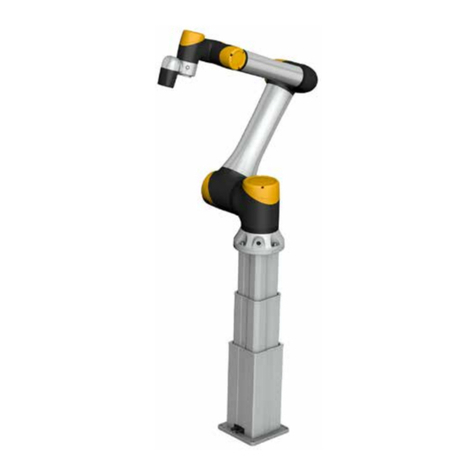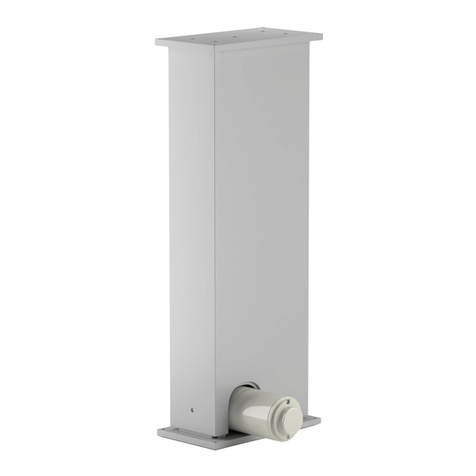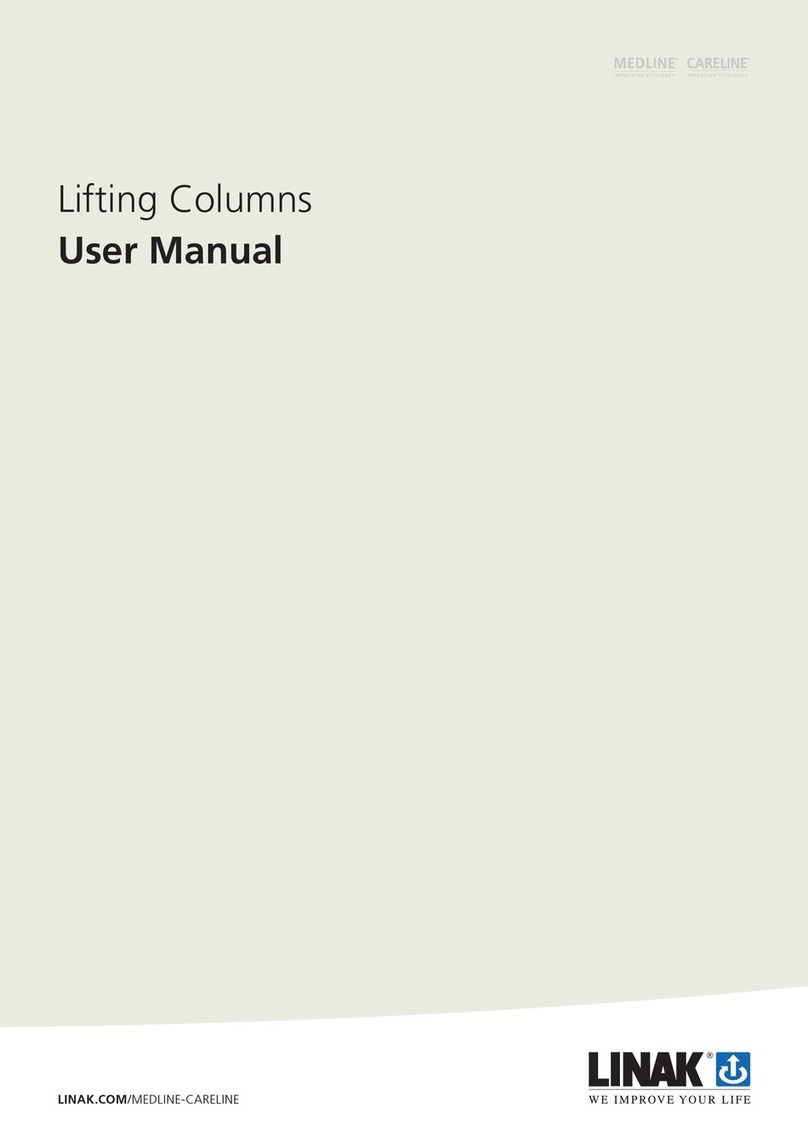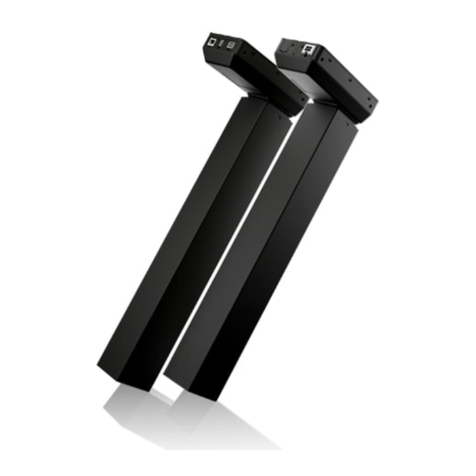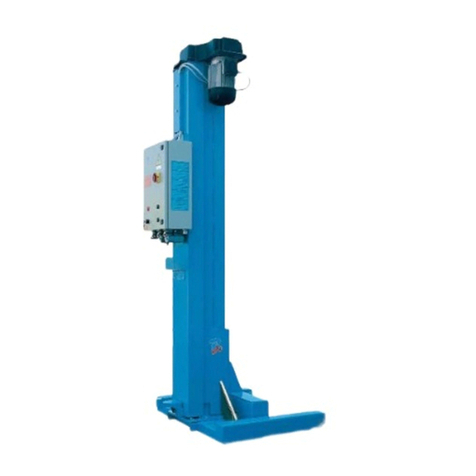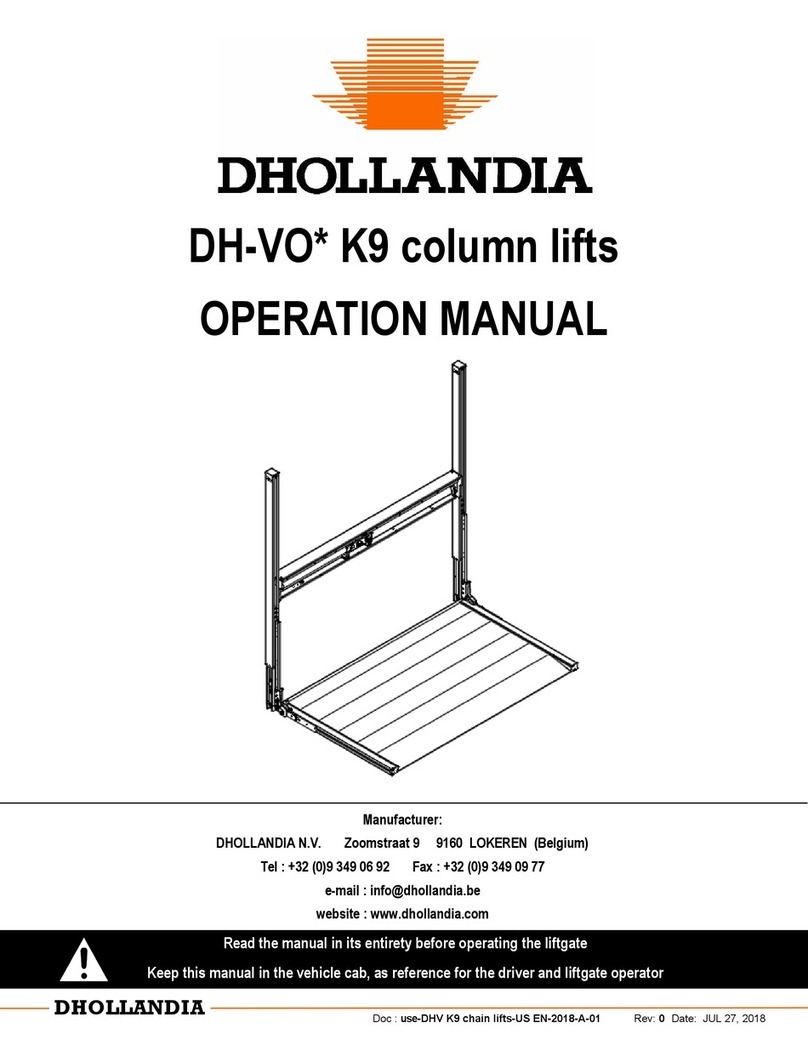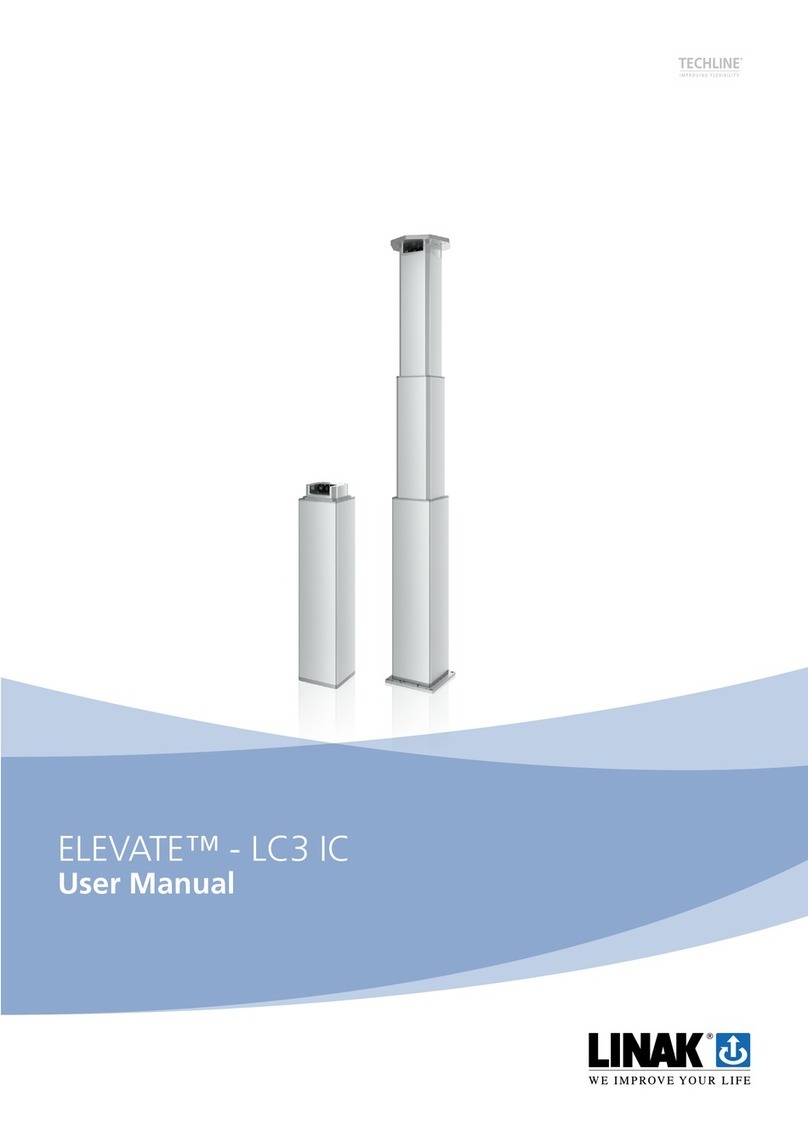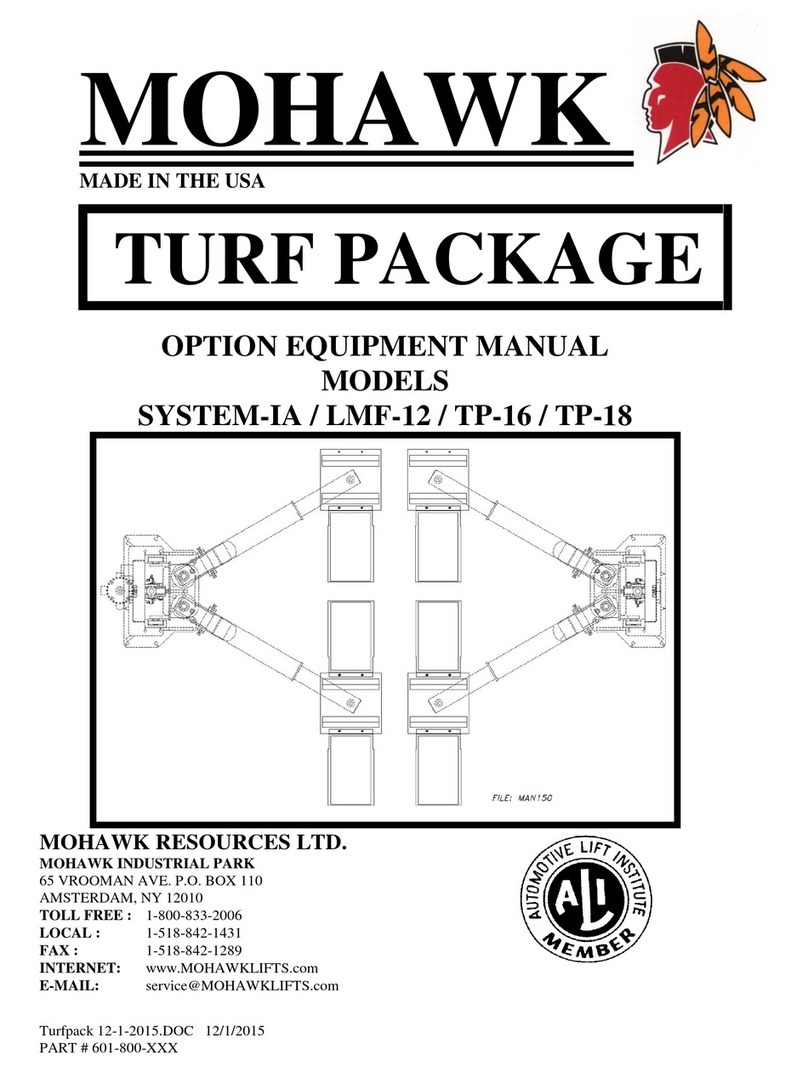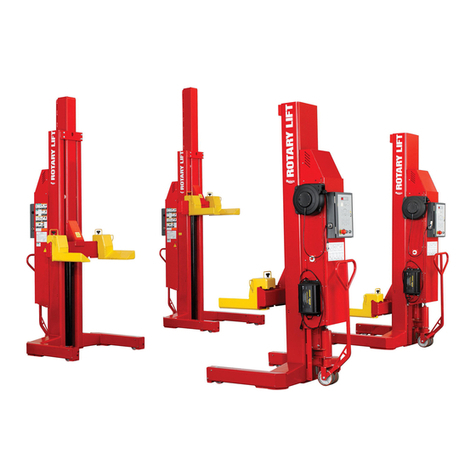
33
Contents
1.0 General information......................................................4
1.1 Information in this manual ...............................................4
1.2 Explanation of symbols and signal words ......................4
1.3 Limitation of liability ........................................................5
1.4 Copyright.........................................................................5
1.5 Spare parts......................................................................5
1.6 Warranty terms................................................................5
1.7 Customer service ............................................................5
2.0 Safety .............................................................................6
2.1 Use ...................................................................................6
2.2 Responsibility of the owner and processor....................7
2.3 Personnel requirements..................................................7
2.4 Specic dangers .............................................................8
2.5 Safety equipment............................................................8
2.6 Safeguard against restart ...............................................8
2.7 Modications of device ...................................................9
2.8 Manufacturer’s declaration of EMC compliance............9
3.0 Technical data............................................................. 12
3.1 Ambient conditions ....................................................... 12
3.2 Product label................................................................. 12
4.0 Structure and function............................................... 13
4.1 Ov er v iew ........................................................................ 13
4.2 Brief description............................................................ 13
4.3 Requirements for third party control units (mandatory in
medical applications)........................................................... 15
4.4 Connections .................................................................. 15
4.5 Operating elements....................................................... 16
4.6 Options.......................................................................... 16
4.7 Accessories................................................................... 16
5.0 Transport, packaging and storage ........................... 17
5.1 Safety information for transportation............................ 17
5.2 Transport inspection..................................................... 17
5.3 Return to the manufacturer........................................... 17
5.4 Packaging...................................................................... 17
5.5 Storage.......................................................................... 18
6.0 Installation and rst operation ................................. 19
6.1 Installation location ....................................................... 19
6.2 Inspections prior to initial operation............................. 19
6.3 Installation.....................................................................20
6.4 Connection to the control unit ...................................... 21
6.5 Connection to operating element.................................22
6.6 Connection to power supply.........................................22
7.0 Operation .....................................................................23
7.1 Safety .............................................................................23
7.2 Turn on...........................................................................23
7.3 Turn o...........................................................................23
7.4 Actions before use.........................................................23
7.5 Actions during operation............................................... 24
7.6 Emergency disengagement .......................................... 24
8.0 Maintenance................................................................25
8.1 Maintenance plan..........................................................26
8.2 Maintenance work.........................................................26
8.3 Measures following completed maintenance...............27
9.0 Malfunctions................................................................28
9.1 Malfunction table...........................................................29
9.2 Start of operation after malfunction repair ...................29
10.0 Dismantling................................................................30
10.1 Dismantling..................................................................30
10.2 Disposal.......................................................................30
11.0 Appendix ....................................................................31
11.1 Technical data.............................................................. 31
11.2 Plans and diagrams.....................................................32
11.3 Approved accessories.................................................34
11.4 Declaration of incorporation........................................34
WARNING
Read this manual before installing, operating or maintaining
this telescopic pillar. Failure to follow safety precautions and
instructions could cause telescopic pillar failure and result in
serious injury, death or property damage. Keep this manual
nearby for future reference.
